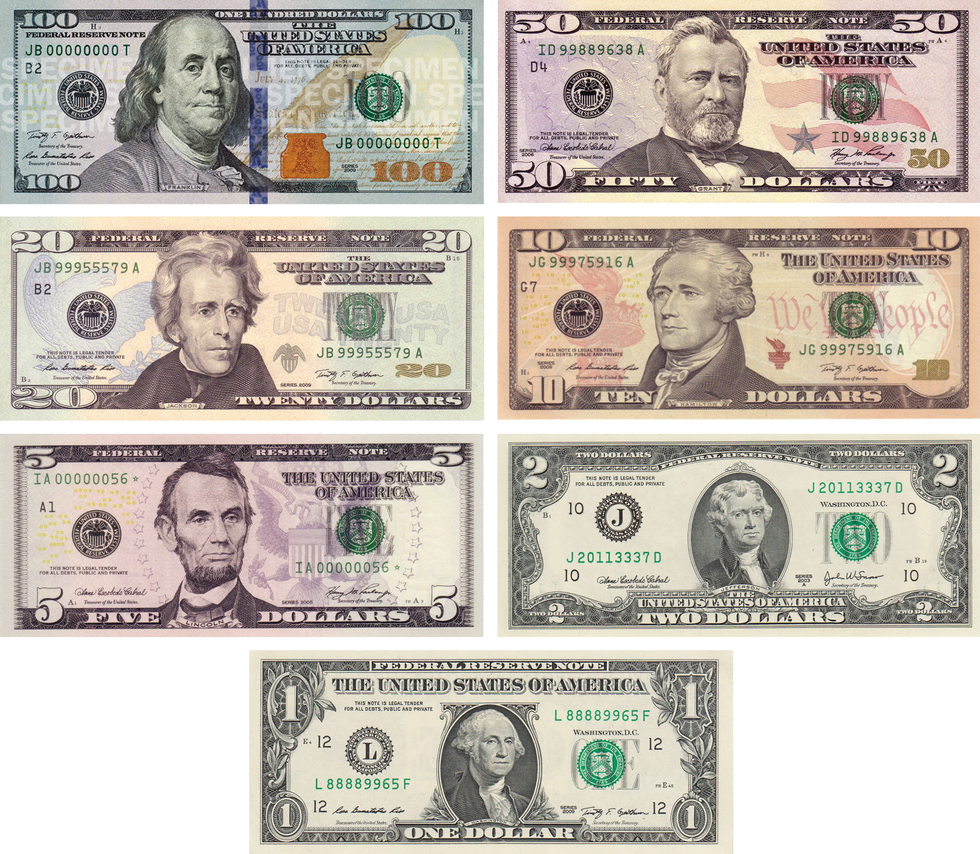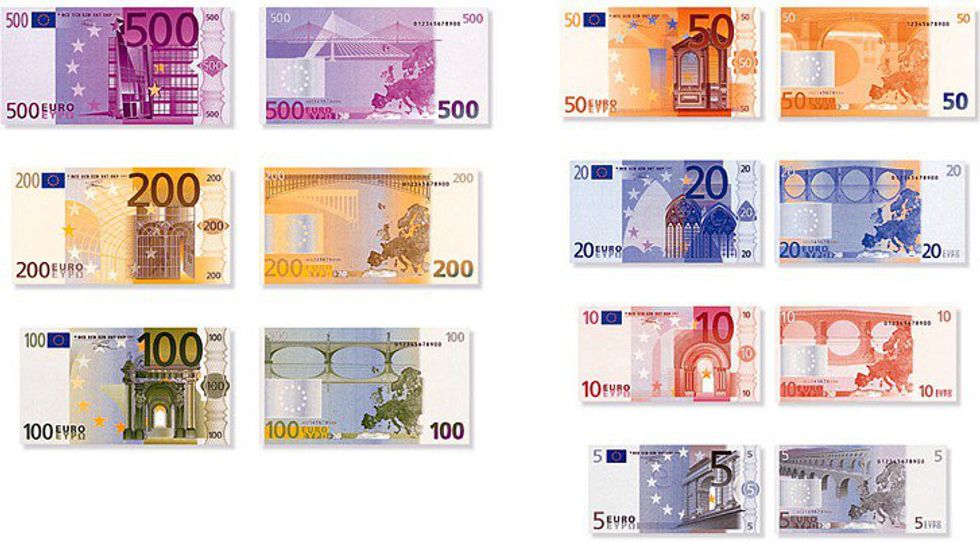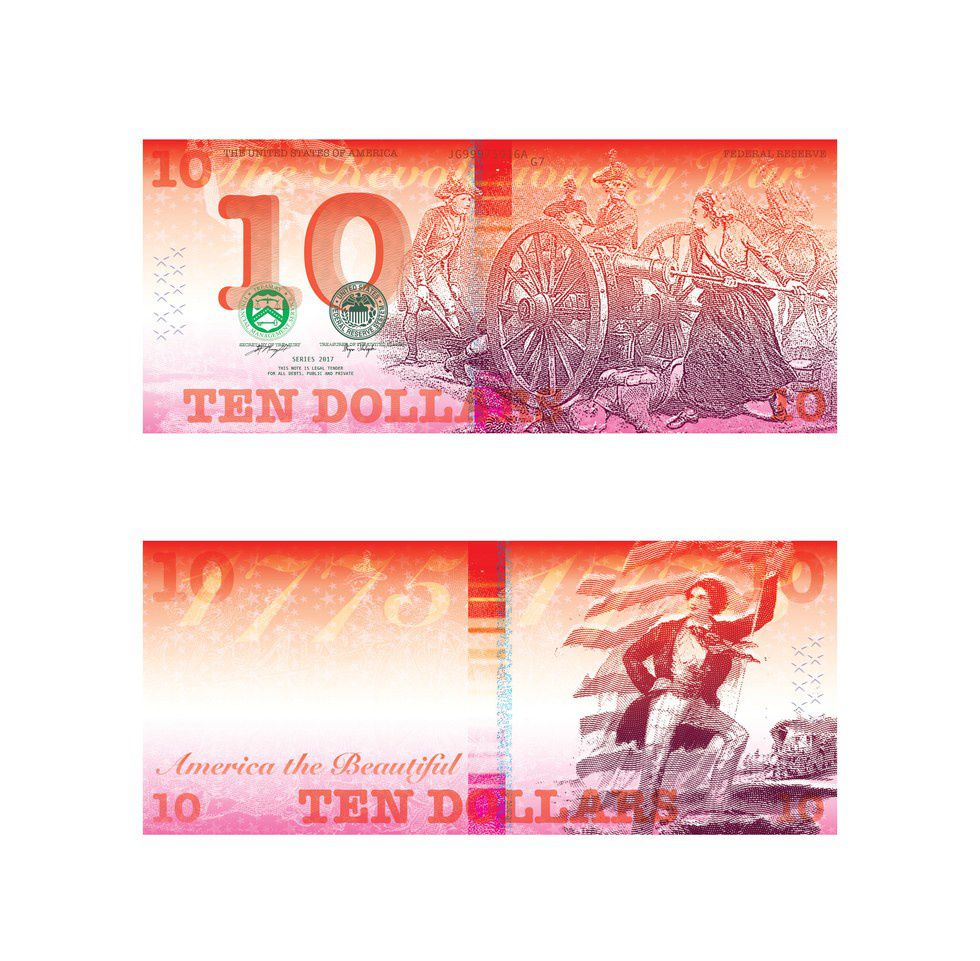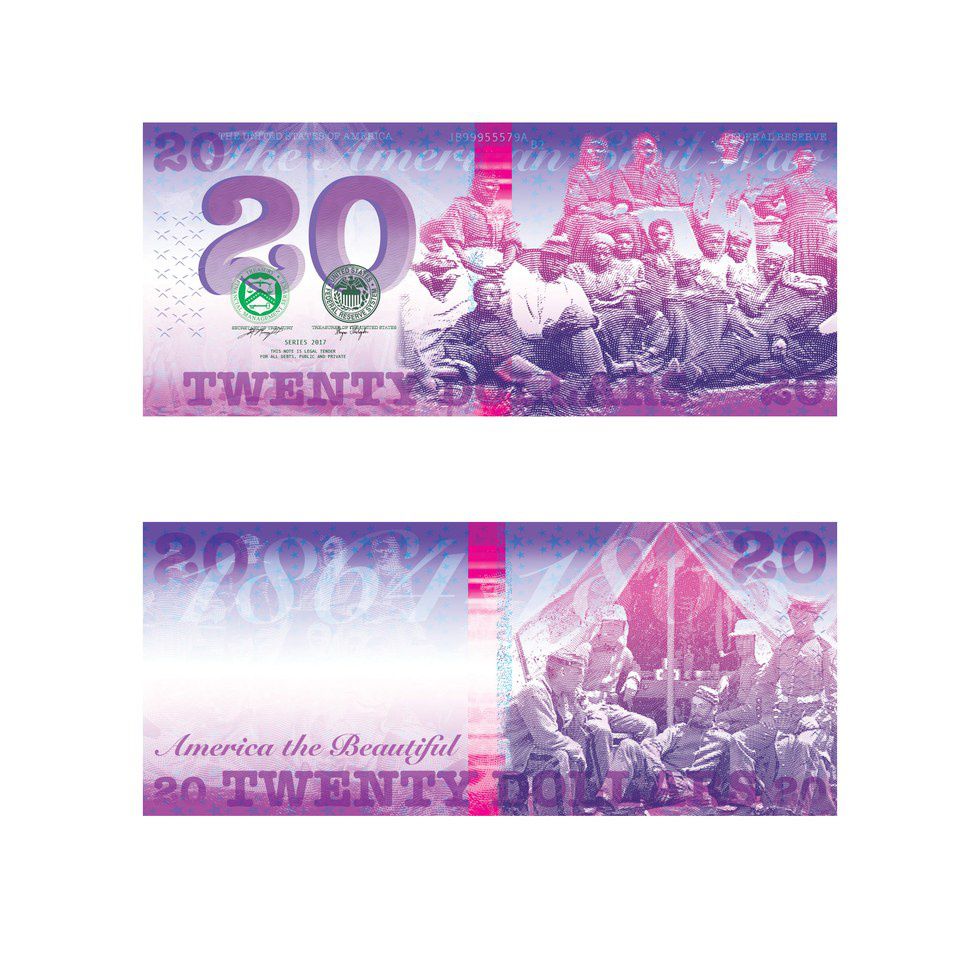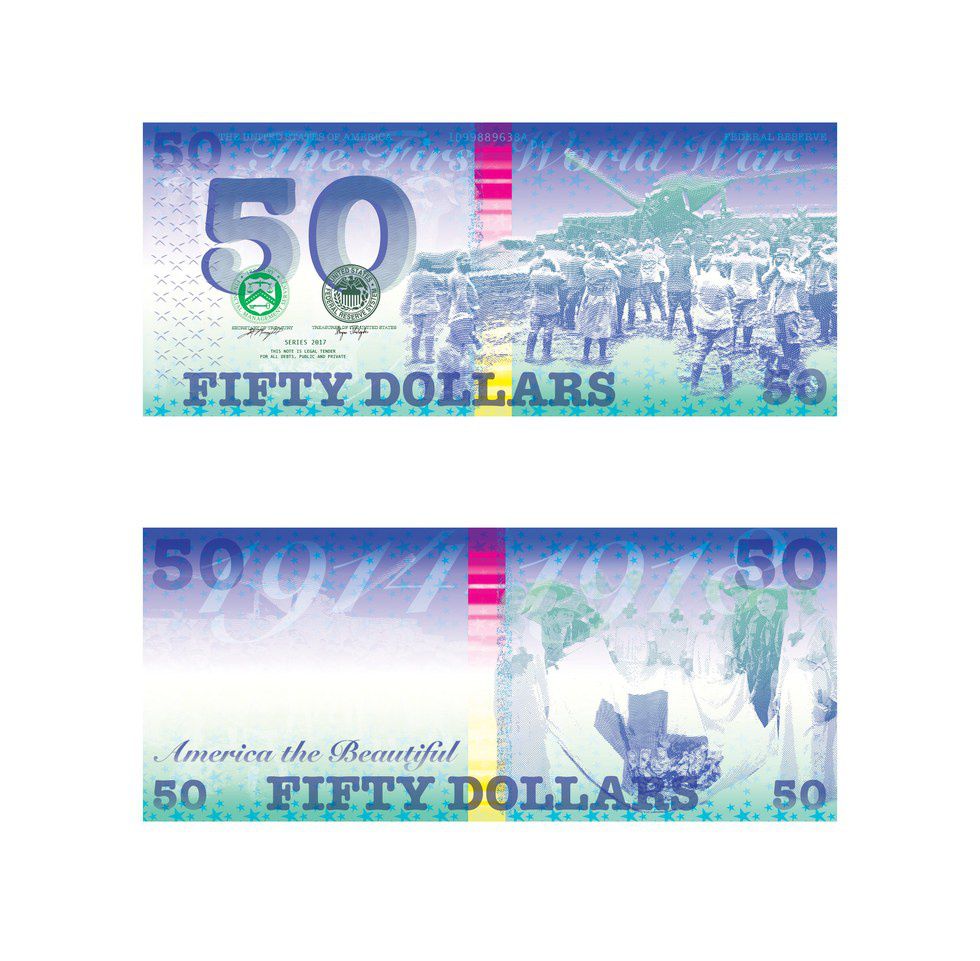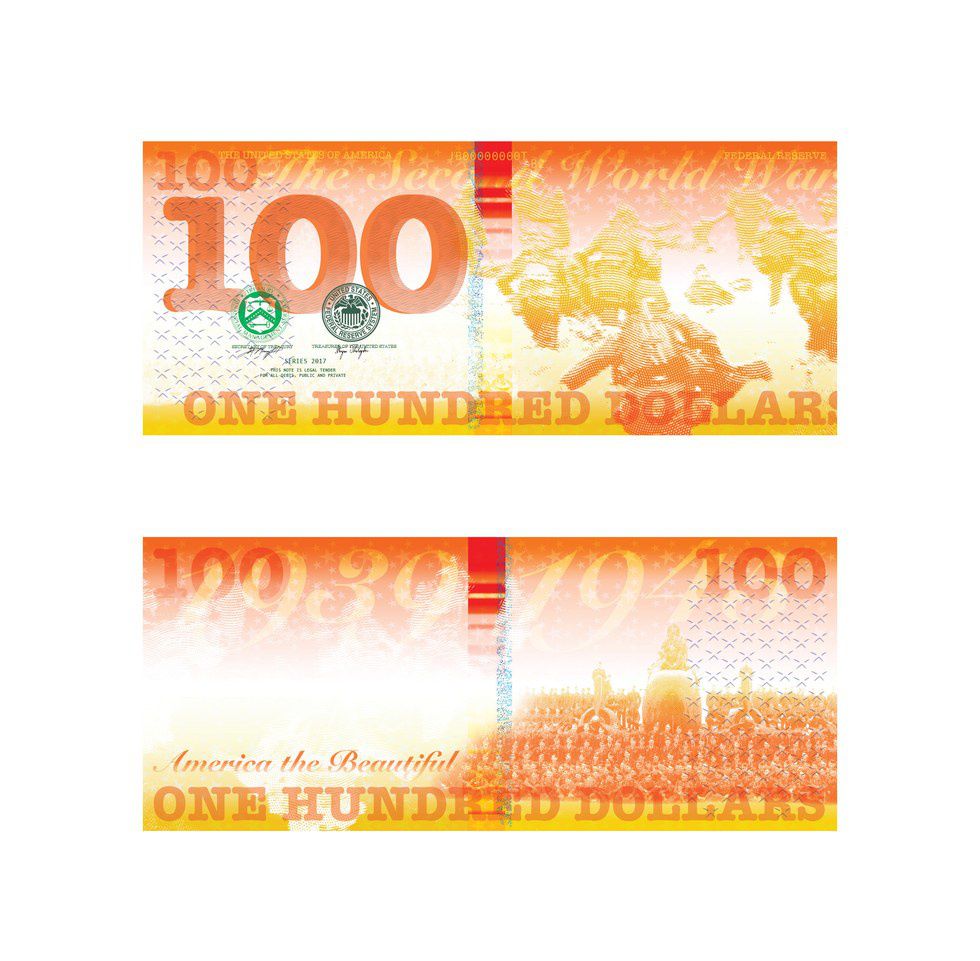In a recent assignment for school, students were prompted to remake the American Banknote. I thought it was going to be hard to compete with the dollar being established in our country for thousands of years. Well, it wasn’t.
In my early research, I considered the current aspects of American money and the banknotes of other countries. America money honors our founding fathers, have roots and importance of knowledge, and landscape. But the homages and detailed engravings of our money do not consider bigger things in life.
The first problem is readability. American dollars prioritize their presidents over the numerical value and written word of the number. They are receded into the corners and are very small. In addition to the issue of the visibility of numbers, we don’t consider the visually impaired and blind. There is no way of distinctly knowing what bill is which. They all have similar colors (depending on the faded age), same sizes, similar facing portraits, and small numerical values.
Second, the American dollars are unfortunately fragile. They can be ripped, be burned, be ruined by water, etc. One forgetful laundry day and a man can lose hundreds. The dollar is not eco-friendly either, because they are made from paper, taking trees, and, as far as I know, are not being recycled. Additionally, America takes measures to create security features, but money is still being counterfeited every day. Once again, paper prevents better features from being used.
Other dollars, around the world, have a design hierarchy focusing on the number. The number doesn’t outshine the illustration, but is clear, visible, and readable. For many, the visually impaired have the numbers that are imprinted, or stand out to be felt. If not that or something similar, there is simply brail on the dollars for them to read by the blind. Even more simpler, the banknotes are distinctly different colors and cut in different sizes in accordance to their value.
Their money is also more safe, from people the environment and people. Using the Euro banknote as an example, their money is made of a polymer plastic. First invented in Australia for their own banknote, the material became popular because of its safety from tearing, fire, water, machines, soil and dirt damage, and much more. Polymer is also a recyclable material and can be safely reused. As for security issues, the polymer material allows color changing ink, see-through numbers, hologram patches, better raised printing, ultraviolet ink, security threat, matted surface, etc. How about that for safe?
With this research in mind, I made my new American dollar to be innovative, internationally friendly, and long-living. I considered how money builds societies, and choose a running theme of American wars, which also helped build our current culture. Staying out of controversy, I stuck with historical wars that generally have positive or neutral opinions: The Revolutionary War, The American Civil War, The First World War, and The Second World War. White is included in the palette of each banknote along with a main color and a secondary hue.
The front and back of each dollar display engraved images related to the wars and the people involved. For example, the $10 features the female war effort and a non-soldier’s roaring patriotism. They also feature overlaying text that describes the theme of the bill; the name of the war is on the front and the actives years are on the back. “America the Beautiful,” the series’ motto, is simple and embodies the aesthetics of the banknote and America. Other design aspects, that were not required in the bill’s layout, include what series the dollars are a part of, the imaginary Series 2017; titles and fake signatures of Secretary of Treasury and Treasurer of the United States; and extra numerical symbols.
Readability is communicated mainly through color. Each bill has an individual color associated with its value. Numbers are large, bold, and repeated on the dollar. Value can also be identified by the blind; the dollars’ feature imprints of stars in correspondence to the numerical. Counting and amount was chosen rather than brail because brail translates different for every language. Additionally, each bill has a minor different thickness and weight. The goal was to make the values internationally friendly and understandable for all.
The dollar’s physical safety is assured by a synthetic polymer material. This material is resistant to soil, waterproof, harder to burn, and can be professionally shredded and recycled. It is environmentally friendly and has a longer life span than paper. The main security feature is a bar, made of plastic or similar material. There is an additional blue bar stamped between the dollar and the plastic bar; if a plastic bar of any dollar overlays the blue bar, it reads “United States of America.” The images help prevents copying issues also; a ghosted image of the opposite side should stand out like an imprint and be touchable.




